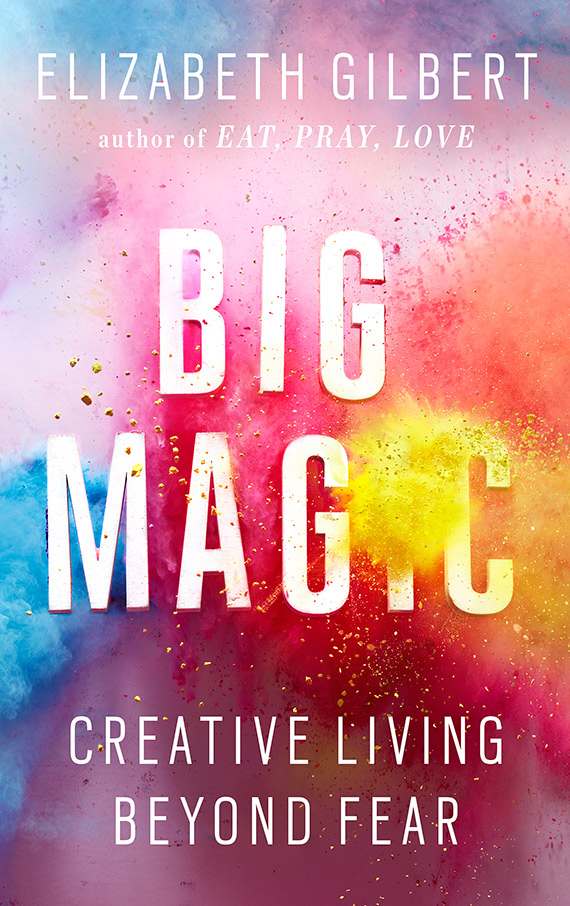
Self-awareness is about understanding more about you. It’s about being aware of your thoughts, feelings, ego, knowledge, skills, experiences, relationships, communication, strengths & weaknesses, drives and behaviours in a situation. Self-awareness isn’t something you do just once or occasionally. It should be an on-going day by day, hour by hour, moment by moment task.
There are numerous benefits to being more self-aware. A good example is that you can use self-awareness to change how you respond to different discussions and events to get better outcomes. It is just about you being aware of yourself and how you influence others. Nobody can be self-aware at all times, but you can make yourself more self-aware.
So how do you become more self-aware? Here’s my suggestions, based on research online and my own experiences:
1. Observation
Observe everything going on around you. Including yourself and how you interact with others.
2. Reflection
Reflect on just about everything. It could be a past experience, or reflecting on something you’ve learned or read. Consider:
- Who? What? Why? How? When?
- What were your thought?
- What were your feelings?
- What were your behaviours? How did others behave?
- What outcome did you want? Did you get it? If not, what could you do differently?
- What did you learn? How can you use this learning in the future?
People have lots of different ways of reflecting. Some good ideas include: meditation, keeping a daily journal and counselling sessions (using the counsellor as a sort of sounding board).
Two important things about reflection:
1. You’ve got to practice reflection to get good at it.
2. It has to become a regular behavioural habit.
3. Balanced Thinking
When observing or reflecting ensure that your thinking is balanced. When it comes to ourselves we are often too critical and only see the negatives. Be fair and kind to yourself. Recognise both the positives and negatives.
4. Develop Your Emotional Intelligence
Emotional intelligence is about being able to recognising how you are feeling and the emotions of others around you. A good way of developing emotional intelligence is to replay past situations in your mind and consider what emotions people in the situations (including yourself) were experiencing.
Emotional intelligence will enable you to have more control of your emotions, when/how you express them and being able to influence others on an emotional level.
It might also be worth learning more about body language as 80% of communication is non-verbal.
5. Honest Feedback
Honest feedback about yourself is important for self-awareness. Any feedback should come from a person that only wants to help you to improve yourself. If you suspect that feedback coming from a person is because of their own self-interest or because of another agenda, think carefully about its bias.
You can get feedback from family, friends, work colleagues, customers, practically anyone. Usually all you have to do is ask.
It’s good to know about the 5 to 1 ratio. The person giving you feedback should give you 5 authentic compliments to 1 piece of specific constructive criticism.
The person you ask for feedback may not of heard of the 5 to 1 ratio. So it might be worth discussing it with them prior to asking for feedback. It would also be good if you started using the 5 to 1 ratio when you give feedback to others.
6. List Your Strengths and Weaknesses
Make a list of your strengths and weaknesses. Celebrate your strengths and develop weaknesses.

7. Encourage Open Questions
Encourage open questions that stimulate debate and discussion in all areas of your life. Debating and discussing opinions is a really good way to become more self-aware and develop awareness of others.
8. Know Your Story
The stories we tell ourselves, especially those about ourselves give insight to all things self-awareness. So know your story. Know how your past influences your now and how it could potentially impact on your future. Listen carefully to the narrative.
If there narrative is highly negative or too critical, you may want to sit down and rewrite your story on paper. Once you’ve done that start telling yourself and others your new story.
9. Life Goals
Write down your life goals. This exercise is brilliant for self-awareness, especially if you do the introspection as you develop your life goals.
10. Coaching
I’ve never had coaching. But there seems to be a widely held belief that good coaching encourages self-awareness. I can see how this would work. Like most things, the more you put into coaching in terms of self-awareness the more you’ll get out of it.
11. Our Own Version of the Truth
Two people can experience the same event, yet have completely different perspectives and views about it. We all have our own version of the truth. Remember this.
12. Psychometric tests
There are many psychometric tests available, each with its own Pros and Cons. Perhaps the most well-known is the Myers Briggs Type Indicator (MBTI) based on the work of Carl Jung, a psychoanalyst. You can take a MBTI test for free and view your results here.
Useful Online Resources
5 Ways to Become More Self-Aware – Harvard Business Review
Ways to Improve Your Self-Awareness – Cleverim
Know Thyself: How to Develop Self-Awareness – Psychology Today
Write soon,
Antony






A great introductory article on candle magic :)
Hi Sofia, Thanks for the comment. I bought that in Glastonbury and he was a real find. I bought him…
Hi! I know this was posted ages ago and so a response may be rare but my dad has been…
Hi Ruth, Thanks for the comment. He might well have been. A x
Hi! Watching video and interviews with Charlie Watt, it had me wondering if he might have had Aspergers/ been on…